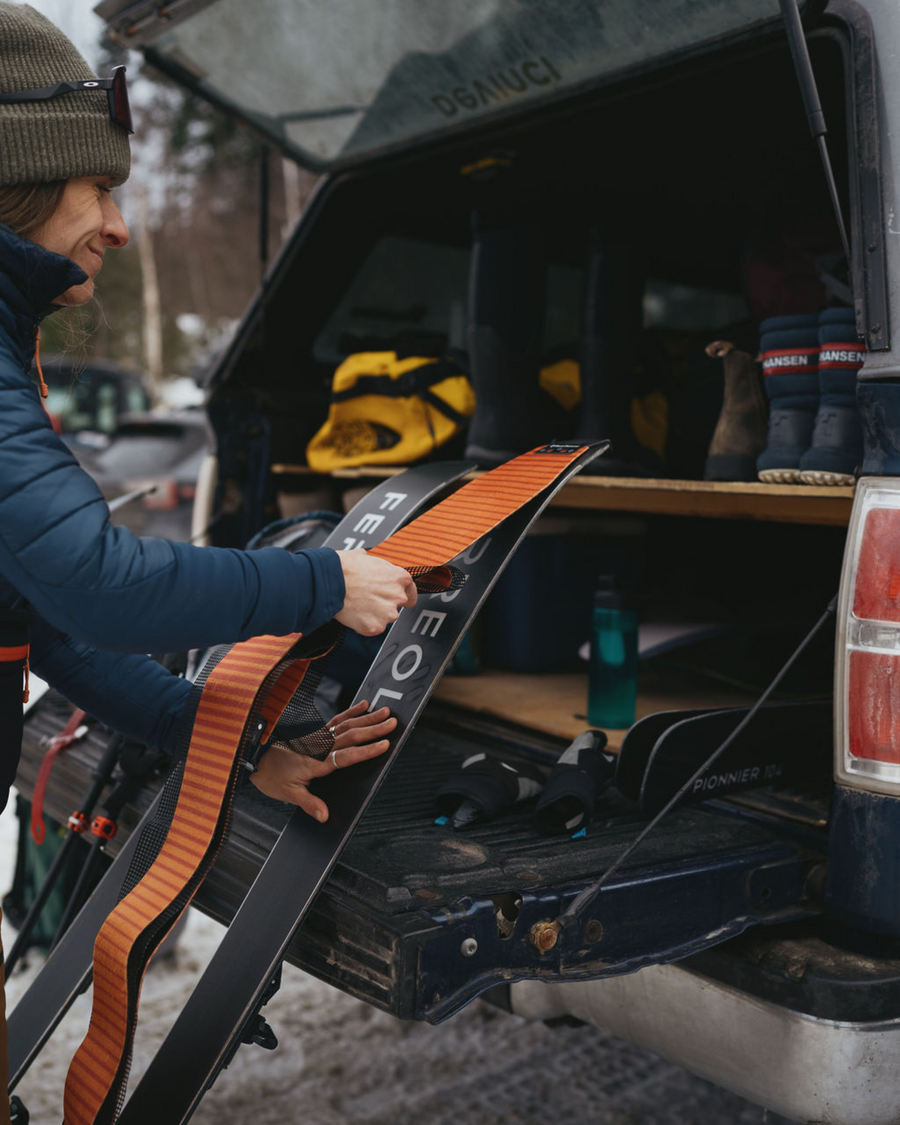How to stay safe in the backcountry: 5 safety tips from an avalanche educator

1 — Get the forecast!
Find out what forecasting region you are located in- https://avalanche.ca/map if you’re in Canada, https://avalanche.org/#/current if you’re in the United States, and become familiar with the free daily avalanche forecast. The forecast offers travel advice and gives an avalanche danger rating, which can help you decide where and when to travel in the backcountry. Even if you’re not backcountry skiing everyday, try to get into the habit of reading the forecast to gain familiarity.
2 — Get educated.
A good place to start is an Introduction To Backcountry course, followed by an Avalanche Skills Training Level 1 from a reputable company. Hiring a guide can also be a great way to explore a new area, or gain familiarity in bigger terrain, and they can answer a bunch of your questions along the way.
There’s also a ton of free online education, here are a few of my favourite resources:
ONLINE
https://avysavvy.avalanche.ca/en-ca
https://avalanche.ca/cherry-bowl#/intro
https://avtraining.org/educational-resources/
https://theavalanchereview.org/
BOOKS
https://avalanchequebec.ca/en/produit/staying-alive-in-avalanche-terrain-2/
https://www.stockalpine.com/avalanche-factor
3 — Learn to identify avalanche terrain.
Avalanche terrain is typically described as any slope over 30*.
When you begin to learn about the backcountry, you may hear about the “avalanche triangle”. There are 3 sides to the triangle; terrain, weather, snowpack. Inside the triangle, is us; humans. We can’t control the weather, we can’t control the snowpack, but we can control what terrain we expose ourselves to. This is why being able to identify avalanche terrain in order to stay out of it is one of the most pivotal first steps of your lifelong journey of backcountry learning.
The definitions of avalanche terrain can be found here:
https://parks.canada.ca/pn-np/mtn/securiteenmontagne-mountainsafety/avalanche/echelle-ratings
4 — Be picky with your partners.
Choosing the right touring partner might be the most overlooked aspect of backcountry adventures, yet it’s one of the most crucial decisions you’ll make. The phrase “no friends on a powder day” falls apart beyond resort boundaries, where trust and cooperation can mean the difference between a great day and a dangerous one. Your partners are not just companions; they hold your life in their hands. Don’t be fooled by folks who claim to know everything and want to take you along for the ride. Take ownership for your own knowledge and ensure all members of a group are contributing to the decisions of the day.
5 — Learn how to ski.
This may seem obvious… but it’s worth mentioning.
We want the backcountry to be accessible to all, and lift tickets can be super expensive. This, for me, is a huge draw to the backcountry- no lift tickets or line ups! But since the terrain in the backcountry is not groomed, expect the conditions to be super variable. In any given run you can anticipate deep powder, hidden rocks, icy debris, etc.
It’s important to be able to ski confidently in order to get down and out safely, and also in the case that you need to efficiently perform a rescue.


